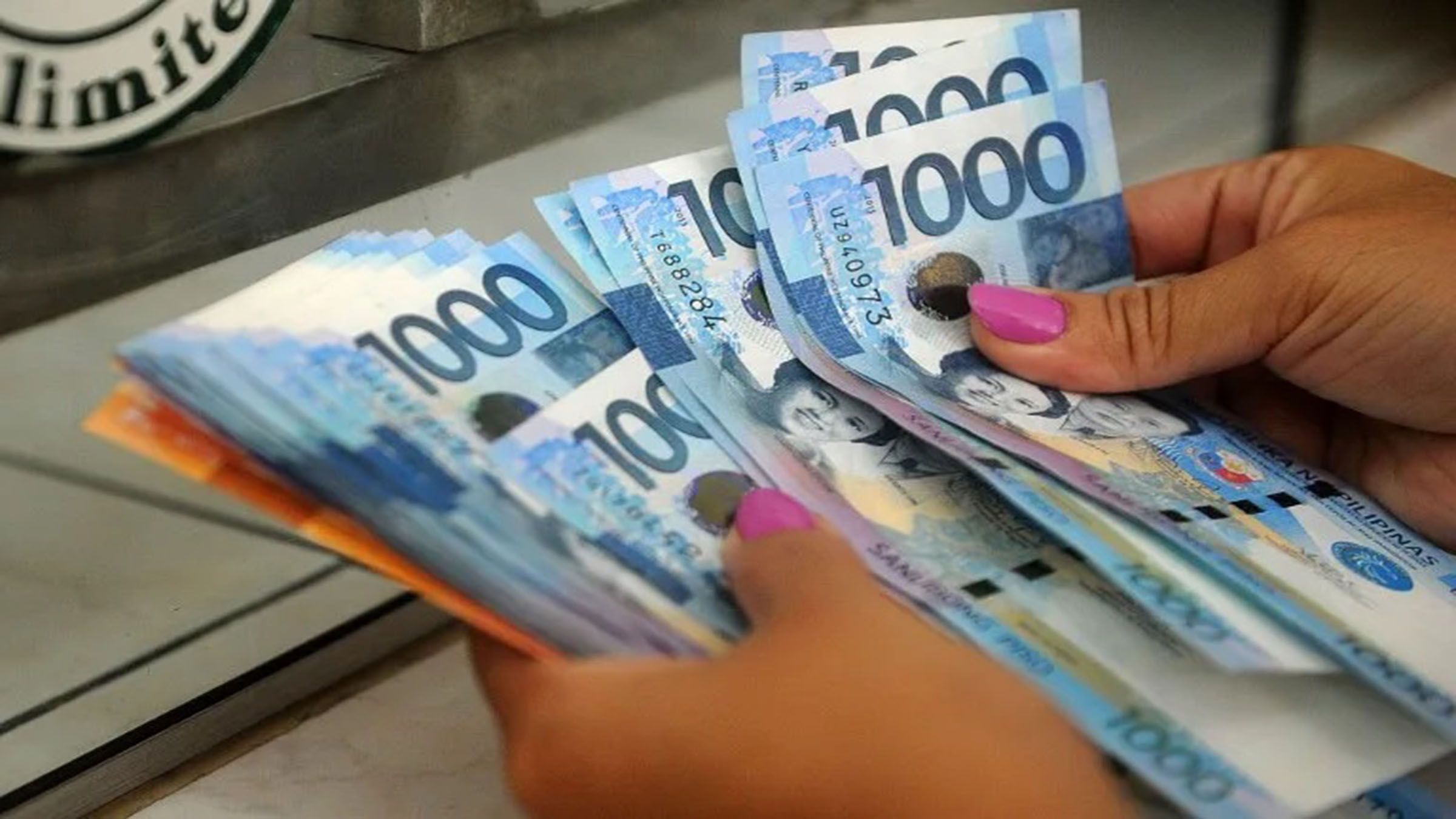With the peso falling to what is considered all-time low on Monday, economists have spelled out strategies that government must adopt to ensure that export-oriented companies can stay afloat.
The continued depreciation of the Philippine peso to another record low must be the cue for government to extend subsidies and incentives to firms, especially those dependent on imported raw materials, said local economists.
Former UP School of Economics (UPSE) Dean Ramon L. Clarete said the government could consider subsidizing exporters located in Philippine Economic Zone Authority (PEZA) areas to boost their production.
Clarete said these may be provided on top of existing perks being received by firms under PEZA and those under other investment promotion agencies (IPAs) such as the Board of Investments (BOI).
“The weak peso closes the current trade or balance of payments deficit, accordingly the fiscal deficit. Imports need to be reduced and exports increased to do this. There is pain with inflation and reduction in goods available including high cost of fuel or energy,” Clarete told the Business Mirror.
He said there might also be a need for additional tax credits on top of exemptions from paying value added tax and excise on imported raw materials.
But he advises against subsidizing fuel but efforts to subsidize the transportation of workers may be considered a good move. Efforts must be exerted to bring down the use of imported fuel.
Incentives to source locally
Ateneo Eagle Watch Senior Fellow Leonardo A. Lanzona Jr. said there is a need to provide incentives to firms to consider sourcing raw materials from local producers and manufacturers.
“The weak peso should force firms to look for other inputs other than usual imports.There is also a need to adopt other technologies that will utilize more of the domestic resources such as labor,” Lanzona said.
“Investments can be redirected to industries that are more labor- industries. The government can help support firms in these transitions,” he added.
Locating in poorer regions
Lanzona said firms can be provided incentives when they locate to poorer regions that are near the country’s domestic resources.
He said these firms should also be given subsidies or tax deductions when they undertake technology transfers. The government should encourage firms to innovate.
Lanzona said some of the incentives may require legislation, but it is important to note that the government has the capability to prevent markets from failing, he stressed.
“The issue is how to let markets determine which industry should prosper and identify the cases for government intervention when market failures are seen,” Lanzona said.
Improve infrastructure
Meanwhile, UPSE Associate Professor Renato E. Reside Jr. told this newspaper that apart from short- and medium-term solutions, there is a need for the government to remain focused on improving infrastructure.
This will ensure there are “continuous uninterrupted flows of important raw materials, since losing access and disrupted supply chains can be very costly,” Reside said.
Reside emphasized that government should invest in “unit-cost-reducing, efficiency- and productivity-enhancing infrastructure” projects which help firms reduce their overhead and other operating costs.
“Good infrastructure reduces production, transport costs and perhaps even power costs. Government can also try to improve digital infrastructure to reduce communication costs,” Reside said.
Rising costs
Meanwhile, University of Asia and the Pacific (UA&P) economist Cid L. Terosa said ultimately, the government can help firms cope with rising costs such as those linked to utilities, logistics and transportation as well as marketing and distribution.
Terosa said these are already being done by the government. However, since no policy is perfect, there will always be room to improve these efforts.
“The government can exert effort to lower transaction costs between companies and government agencies responsible for facilitating the importation of raw materials,” he said.
Peso fall
On Monday, the peso further depreciated to P56.999 to the dollar. This was considered an all-time low for the Philippine currency.
In a recent analysis, Rizal Commercial Banking Corporation (RCBC) said the local currency could still weaken in the coming days as local and international developments could play to the strength of the dollar.
RCBC chief economist Michael Ricafort cited two main catalysts to the movement of the peso against the dollar for the remainder of the year.
The peso has been on a weakening streak anew in the previous week despite efforts to prop up sentiment against the US dollar.
Data from the Bankers Association of the Philippines (BAP) showed that the local currency closed at P56.77 to a dollar, down from the P56.42 in the previous day’s trade.
Tags: #Depreciation, #weakestpesolevel, #incentivesandsubsidiestobusinesses, #economy
